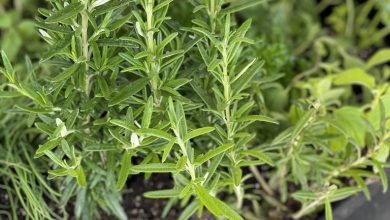How to Plant Peonies in Your Garden: [Complete Guide + Step by Step]
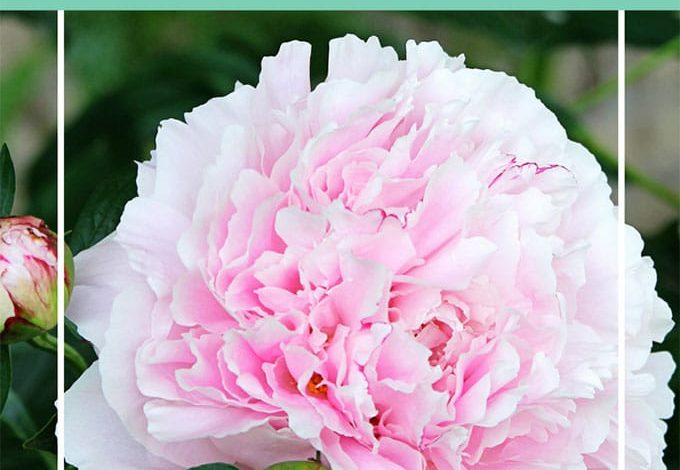
Peonies or Paeoniaceae It is a type of herbaceous or shrubby plant widely used in gardens around the world due to its enormous beauty.
It grows in temperate regions of the Northern Hemisphere, such as Europe (Mediterranean), North America or China.
Did you know…
The name peony is in honor of Peón, the doctor of the gods who appears mentioned in the Iliad and in the Odyssey of Homer. He healed Ares when he was wounded by Diomedes during the Trojan War.
An earlier healing of Hades from an arrow shot by Heracles at Pylos is also mentioned.Wikipedia
Important Points When Planting Peonies
- When to sow? In autumn it is preferable if we want to see them bloom in spring.
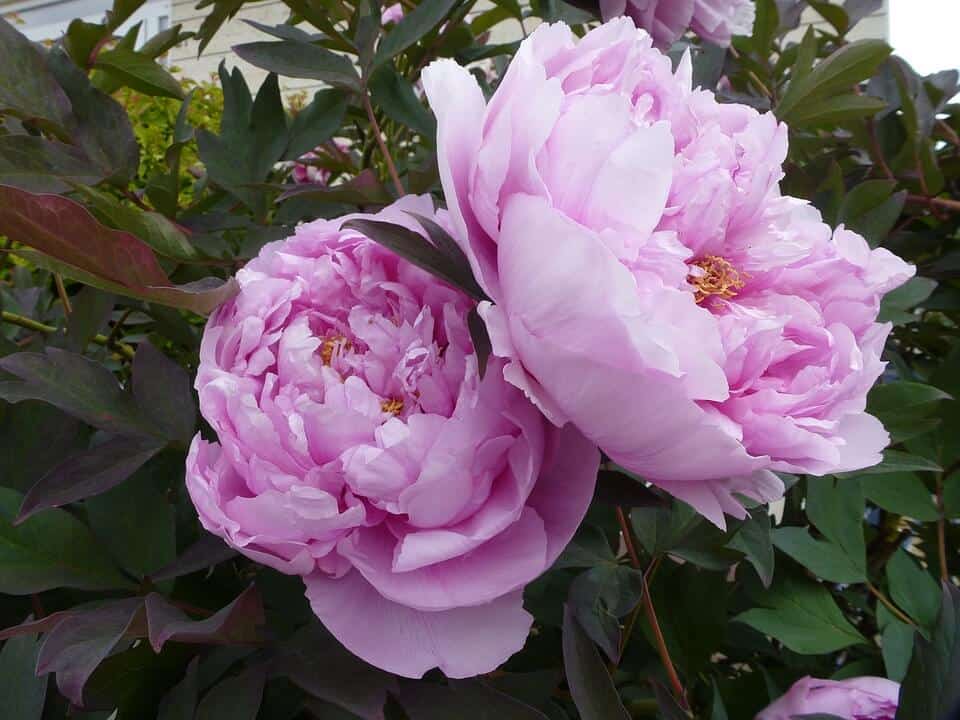
- Where to sow? They need a space in semi-shade of very fertile land.
- How to prepare the land? The land must contain all the nutrients and very good drainage. A fertilizer with a preparation of bone meal and nitrogen is great for him.
- How do we water? Twice a week is the most convenient. Ideal drip irrigation.
- What favorable associations does it have? These mixed varieties are excellent for a spacious garden. Sarah Bernhart., Maximum Festival; Duchess of Nemours; Jubilejinyl; Red Charm and Mme Leonie Calot.
- What pests and diseases does it have? Gray mold, aphids and botrytis are diseases that afflict them.
When to plant peonies?
The temperate climate is perfect for growing peonies,beautiful flowers from Asia, with large colorful pompoms that embellish the life of any person.
We can plant them in the fall to see them bloom in the wonderful spring. There are several reasons that support this option, because there are people who prefer to do it in the spring itself, between April and May. Let’s see:
The life cycle of peonies is as follows:
- Spring: flowering.
- Summer – At the end of this season, it loses its flowers. Or when the heat rises.
- Autumn: the whole plant dries up and sometimes does not survive.
- Winter: begins its growth at ground level.
The Peony is also possessed of a unique delicious aroma that will attract many curious people to your garden.
There are varieties that canlive up to 50 years,if it is given the care it deserves.
Another curious fact is that it does not support low temperatures. If it drops below 7 °C and there are icy winds, it does not bloom, nor does it when transplanted.
Where to plant peonies?
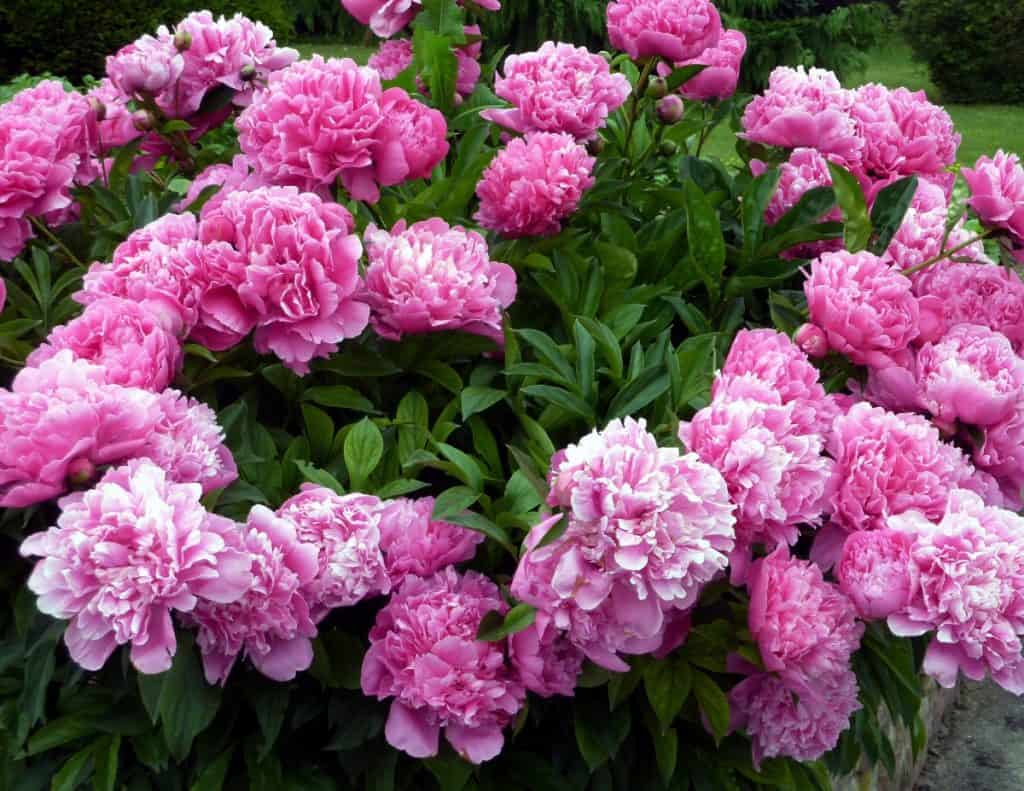 The sowing of Peonies must be done ina place in the garden where the sun’s rays do not fall directly,especially in the harsh hours of summer midday.
The sowing of Peonies must be done ina place in the garden where the sun’s rays do not fall directly,especially in the harsh hours of summer midday.
and must be keptsome distance from other homonymous plants.
The flowering season ranges from the beginning of spring to the end of summer, when it is common for its beautiful purple, pink, fuchsia, white and red flowers to illuminate the gardens.
So a good place in your garden is to plant it near a wall that gives it shade, if you do not decide to have it living in a good pot, where it also thrives and blooms very well.
There are more than 3 thousand varieties of peoniesin the entire world. Most are herbaceous, that is, they grow without a trunk, but it is good to know that there are also peony trees.
How to prepare the land for growing peonies?
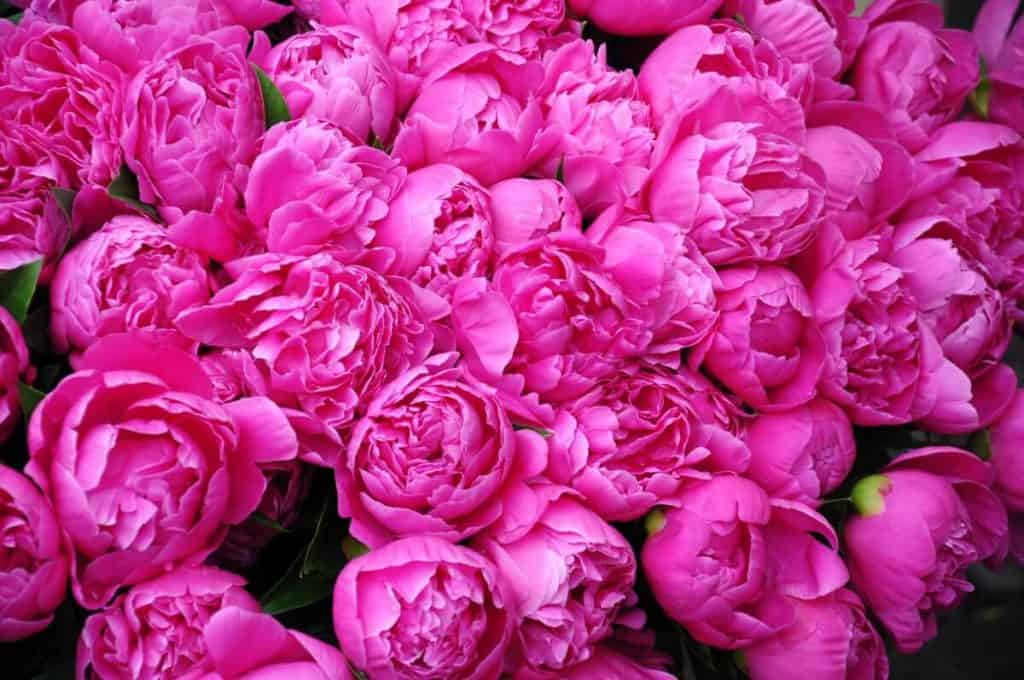 Fertile soil is paramount for peonies.
Fertile soil is paramount for peonies.
The soil must contain all the necessary nutrients for the peony to grow healthy and strong. A special preparation of fertilizer with bone meal and nitrogen will be great for its growth.
But its exaggerated use harms it, prevents its normal development. It should not be applied directly on the plant, but rather in the surroundings.
And if you are going to plant several plants, make sure that the space between each one is at least one meter so that they can develop well in your garden.
As in most floral species, the soil must contain an excellent drainage system. Standing water around the plant is a terrible sign of future damage that may be irreparable. Do not let that happen.
How do we water peonies?
Biweekly,spring will be enough to keep the Peony happy and radiant. You have to take care to do it by moistening the upper part at ground level in about 15 cm where it is planted.
In summer the same procedure must be carried out, and if you have it in a pot, covering the soil with galvanic stone is very sensible.
The sprinkler or drip systemThey are very good because they avoid excess water and guarantee the normal humidity that this plant requires.
How to plant peonies step by step?
Let us now see how to carry out this beautiful ritual:
- Dig a hole about 12 inches wide and 18 inches deep. You have to give the roots the possibility of being well planted.
- Fill the hole with a mixture of undecomposed vegetable compost made with crushed plant material (branches, leaves and bark) that will serve to improve soil drainage. Then add another layer, but with manure and a little fertilizer. The 10-10-10 type (equal amounts of nitrogen, phosphorus, and potassium) is ideal for peonies.
- We have to prepare other homemade organic matter such as organic compost with homemade food scraps, to apply it in a more superficial layer.
- Then place the peonies, planting them at the proper depth. If you chose to plant bare root, the pink buds should be less than 2 inches deep for the plant to flower at the normal time. If you bury it a lot, then it will also take a long time to bloom.
- Part of the secret of dealing with peonies is knowing that if the weather is hot the shallower the roots or bulb are, the better. Then plant them about 2.5 cm deep.
- Finally, we fill the hole with a layer of topsoil.
- It is convenient to place around the newly planted peonies, bark of trees and dry leaves. This helps prevent weeds from growing and stealing substrate.
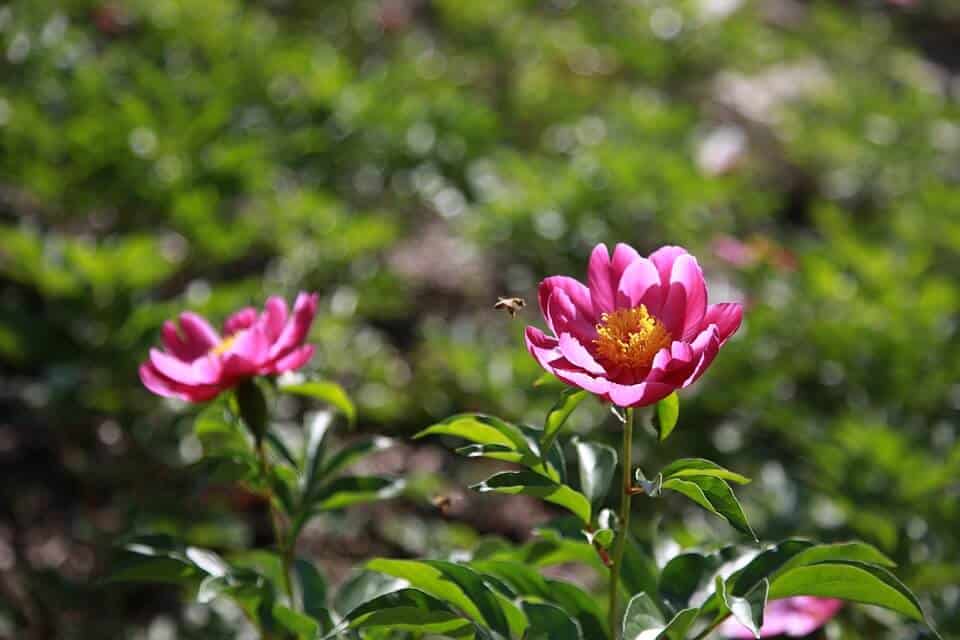 They are divided into two large groups:arboreal and herbaceous.
They are divided into two large groups:arboreal and herbaceous.
The trees have a woody stem that exceeds up to 2 meters in height. Herbaceous plants, on the other hand, do not grow more than one meter. These are the favorites of the majority.
Do not forget that if you are going to plant tree peonies (they are sold in stems grafted on the roots) the graft must be about 10 or 15 cm below the surface.
And if it is the herbaceous variety, we reiterate that it should not be more than 2.5 cm deep.
Another healthy recommendation is to cover with mulch to protect the peonies from frost in the winter.
It is not necessary to water them in this period becauseThey will be completely inactive.
What favorable associations does it have?
The following varieties of peonies should be planted in a spacious garden:
- Sarah Bernhart.
- Maximum Festival.
- Duchess of Nemours.
- Jubilejinyl.
- RedCharm.
- Mme Leonie Calot.
All of these combinations produce peonies that will bloom in shades of pink, ficsua, yellow, white.
They combine well with azaleas.
In a nursery, you can get them in different presentations: in pots already grown; in bare root divisions and in bulbs.
When you buy roots, the most viable modality if you want to combine different varieties in your garden, you should appreciate 2 or 3 pink buds. Those are the best.
Another interesting fact is to know what are the other species of flowers that get along well with peonies. These are:
- Allium
- Aquilegia
- papaver orientale
- garden roses
- delphinium.
- Lavender or santolina.
What pests and diseases do pegonias have?
They are very prone to gray mold if they don’t get enough sun, estimated at about 6 hours a day.
Aphids also attack them mercilessly.
Another serious disease is Botryytis, which appears when the relative humidity is very high (90%) and there is poor ventilation.
Appropriate insecticides must be applied for each case and pruning must be carried out to eliminate all affected parts of the plant.
verticillium wilt
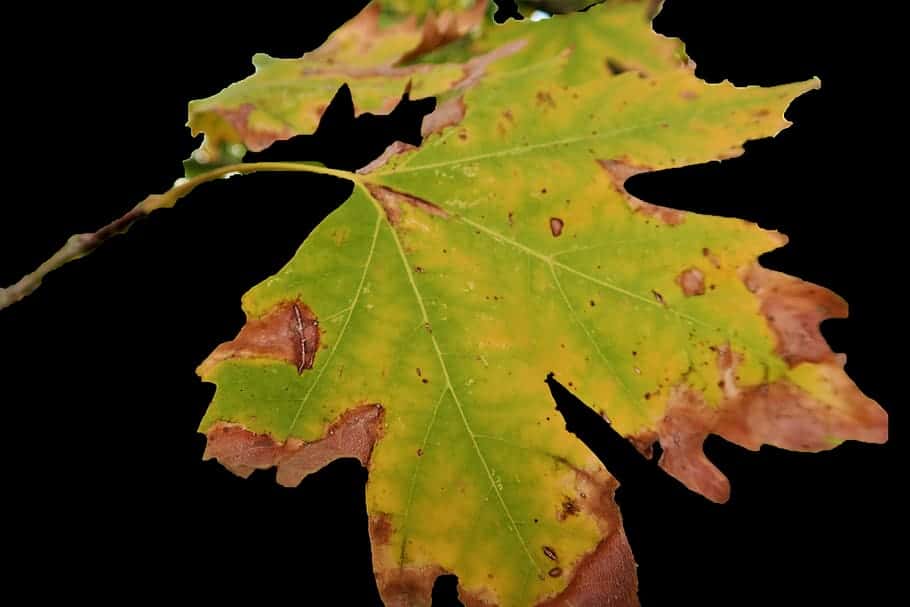 Verticillium or Verticillium wilt is a common soil fungus that thrives in temperate climates around the world and can be present in the soil for decades.
Verticillium or Verticillium wilt is a common soil fungus that thrives in temperate climates around the world and can be present in the soil for decades.
Verticillium wilt overwinters in the soil as dormant mycelium or tiny dormant black structures called microsclerotia, waiting for favorable conditions to return.
They enter damaged plant tissue through the roots and multiply. Many common weeds, such as dandelions and weeds, can be Verticillium host species.
Verticillium wilt is a disease that affects more than 350 species of eudicolous plants. It is caused by six species of Verticillium fungi: Verticillium dahliae, Verticillium albo-atrum, Verticillium longisporum, Verticillium nubilum, Verticillium theobromae, and Verticillium tricorpus.
Many plants with significant economic weight are susceptible, such as cotton, tomatoes, potatoes, oilseed rape, aubergines, peppers, and ornamental plants, as well as others in natural vegetation communities.
Many species and cultivars of eudicots are resistant to the disease, and all monocots, gymnosperms, and ferns are immune. To know more: Verticillium wilt in the Orchard: What is it? How do we identify it?

![Photo of The Ocra: [Cultivation, Care, Substrate, Irrigation and Pests]](https://www.complete-gardening.com/wp-content/uploads/2022/08/the-ocra-cultivation-care-substrate-irrigation-and-pests-390x220.png)


